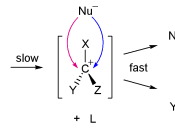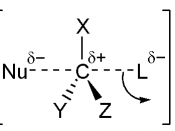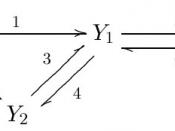AIM: To outline what a precipitation reaction is, describe ways which one can predict whether a precipitation reaction would form or not, describe the uses of precipitation reactions in everyday activities and industries
BACKGROUND INFORMATION: Precipitation is the formation of a solid in a solution during a chemical reaction, such as evaporation. A substance that causes precipitation when it is added to a solution is called a precipitant. This can occur when an insoluble substance is formed in the solution due to a reaction or when the solution has been supersaturated by a compound. In most situations, the solid forms ("falls") out of the solute phase, and sinks to the bottom of the solution (though it will float if it is less dense than the solvent, or form a suspension).
This effect is useful in many industrial and scientific applications whereby a chemical reaction may produce a solid that can be collected from the solution by various methods (e.g.
filtration, decanting, centrifuging). Precipitation from a solid solution is also a useful way to strengthen alloys.
An important stage of the precipitation process is the onset of nucleation. The creation of a hypothetical solid particle includes the formation of an interface, which requires some energy based on the relative surface energy of the solid and the solution. If this energy is not available, and no suitable nucleation surface is available, supersaturation occurs.
BODY:
WHAT IS A PRECIPITATION REACTION?
A precipitation reaction is a reaction in which soluble ions in separate solutions are mixed together to form an insoluble compound that settles out of solution as a solid. That insoluble compound is called a precipitate.
HOW TO PREDICT WHETHER A PRECIPITATION REACTION WILL OCCUR?
Solubility rules are useful summaries of information about which ionic compounds (or combinations of ions) are soluble in...


